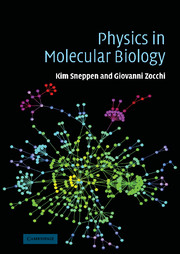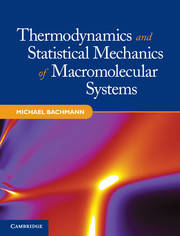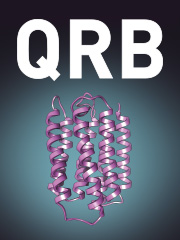Physics in Molecular Biology
Tools developed by statistical physicists are of increasing importance in the analysis of complex biological systems. Physics in Molecular Biology, first published in 2005, discusses how physics can be used in modeling life. It begins by summarizing important biological concepts, emphasizing how they differ from the systems normally studied in physics. A variety of topics, ranging from the properties of single molecules to the dynamics of macro-evolution, are studied in terms of simple mathematical models. The main focus of the book is on genes and proteins and how they build systems that compute and respond. The discussion develops from simple to complex systems, and from small-scale to large-scale phenomena. This book will inspire advanced undergraduates and graduate students in physics to approach biological subjects from a physicist's point of view. It is self-contained, requiring no background knowledge of biology, and only familiarity with basic concepts from physics, such as forces, energy, and entropy.
- Introduces important biological concepts from a physicist's point of view - no background knowledge of biology is required
- A wide range of subjects are studied using simple mathematical models; exercises are included
- Discussion develops from simple to complex phenomena and from small scale to large scale interactions
Product details
August 2005Hardback
9780521844192
320 pages
251 × 173 × 20 mm
0.78kg
180 b/w illus.
Available
Table of Contents
- 1. What is special about living matter
- 2. Polymer physics
- 3. DNA and RNA
- 4. Protein structure
- 5. Protein folding
- 6. Proteins in action: molecular motors
- 7. Physics of genetic regulation: the l-phage
- 8. Molecular networks
- 9. Evolution.






